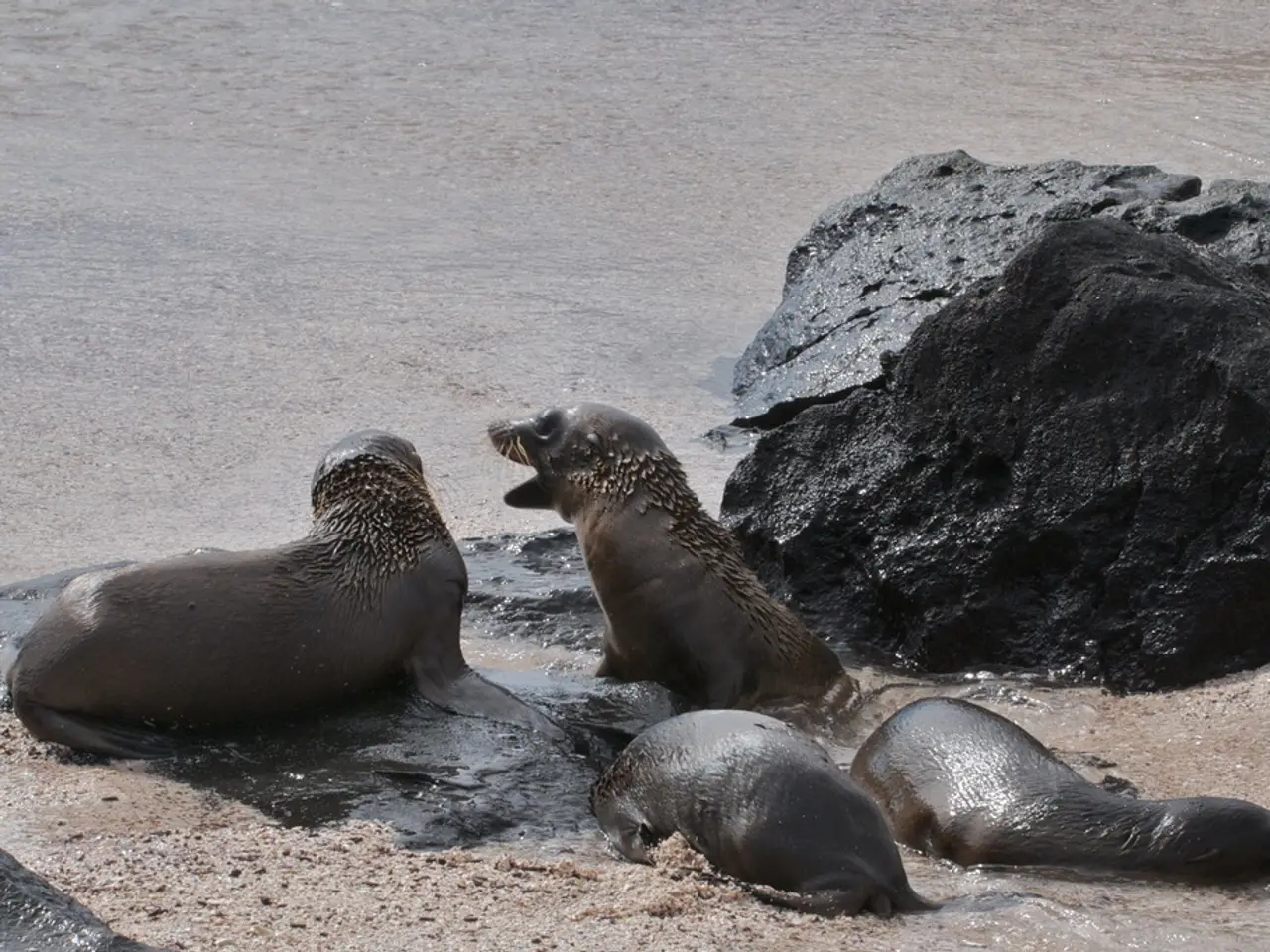Petroleum Generation Process
In the vast expanse of the Earth's oceans, a complex and fascinating process unfolds over millions of years - the formation of hydrocarbons, the lifeblood of our modern energy economy. This article takes a closer look at the key stages involved in this process, from the initial deposition of organic matter to the eventual collection of oil and gas in traps.
## Stages of Hydrocarbon Formation
### 1. Sapropel Formation
The journey begins with the deposition of organic-rich sediments, such as plankton and mud, on the ocean floor. Over time, these sediments are buried under layers of other sediments, forming what is known as sapropel.
### 2. Kerogen Conversion
As the sapropel is subjected to increasing heat and pressure, it undergoes a process called diagenesis, resulting in the formation of kerogen - a complex, waxy organic substance that is the precursor to oil and gas. With further burial and increased heat, the kerogen undergoes thermal maturation, breaking down into liquid and gaseous hydrocarbons through a series of thermal reactions.
### 3. Oil Migration
As hydrocarbons are generated from kerogen, they begin to migrate out of the source rock. This primary migration is driven by the pressure and buoyancy of the hydrocarbons, which are less dense than the surrounding rock. Once the hydrocarbons reach a more porous and permeable rock layer, they undergo secondary migration, moving towards the surface driven by buoyancy and pressure differences.
### 4. Gas Collection and Trapping
For hydrocarbons to accumulate in significant quantities, they must be trapped. Traps can be structural (like anticlines or faults) or stratigraphic (such as pinch-outs or unconformities). Gas, being lighter than oil, tends to rise to the top of the trap, while oil may form a layer beneath the gas if present in sufficient quantities.
## Key Concepts
- **Hydrocarbon Kitchens**: Areas where source rocks are thermally mature and capable of generating hydrocarbons are often referred to as "hydrocarbon kitchens." These areas are crucial for identifying potential hydrocarbon reservoirs. - **Thermal Maturity**: The degree of thermal maturity of source rocks determines whether they produce oil or gas. Deep, hot environments tend to produce more gas due to the thermal cracking of liquid hydrocarbons.
This process, spanning millions of years, transforms organic matter into valuable hydrocarbon resources that can be extracted and utilized as energy sources. In some sedimentary basins, salty water may also migrate into the sandstone reservoir and underlie the oil. Folding or faulting forms oil traps where oil and gas can accumulate.
Understanding the formation of hydrocarbons is crucial for the exploration and production of oil and gas, providing insights into where to look for potential reservoirs and how to extract these resources efficiently and sustainably.
[1] "Hydrocarbon Kitchens" - US Geological Survey, 2021. [2] "Thermal Maturity" - American Association of Petroleum Geologists, 2021.
The process of hydrocarbon formation, crucial for the energy industry, involves the conversion of organic matter into kerogen in sapropel layers, followed by thermal maturation and migration of hydrocarbons through various rock layers. The environmental science aspect emerges as hydrocarbon traps are often formed by geological structures like anticlines or faults, and the collection of gas and oil requires careful consideration to avoid environmental hazards. The financial implications lie in the exploration and production of these resources, requiring efficient and sustainable extraction methods to minimize waste and environmental impacts.




